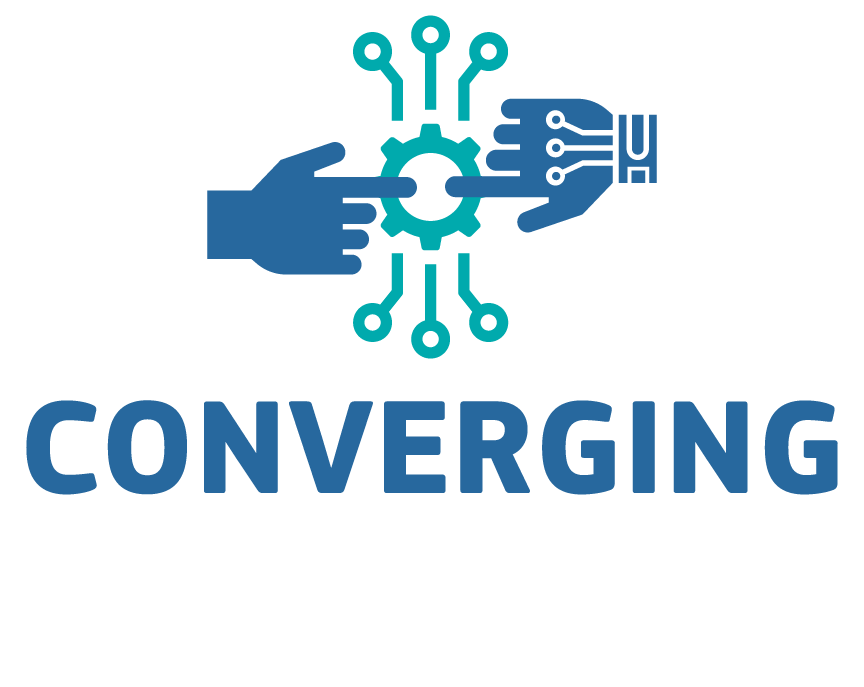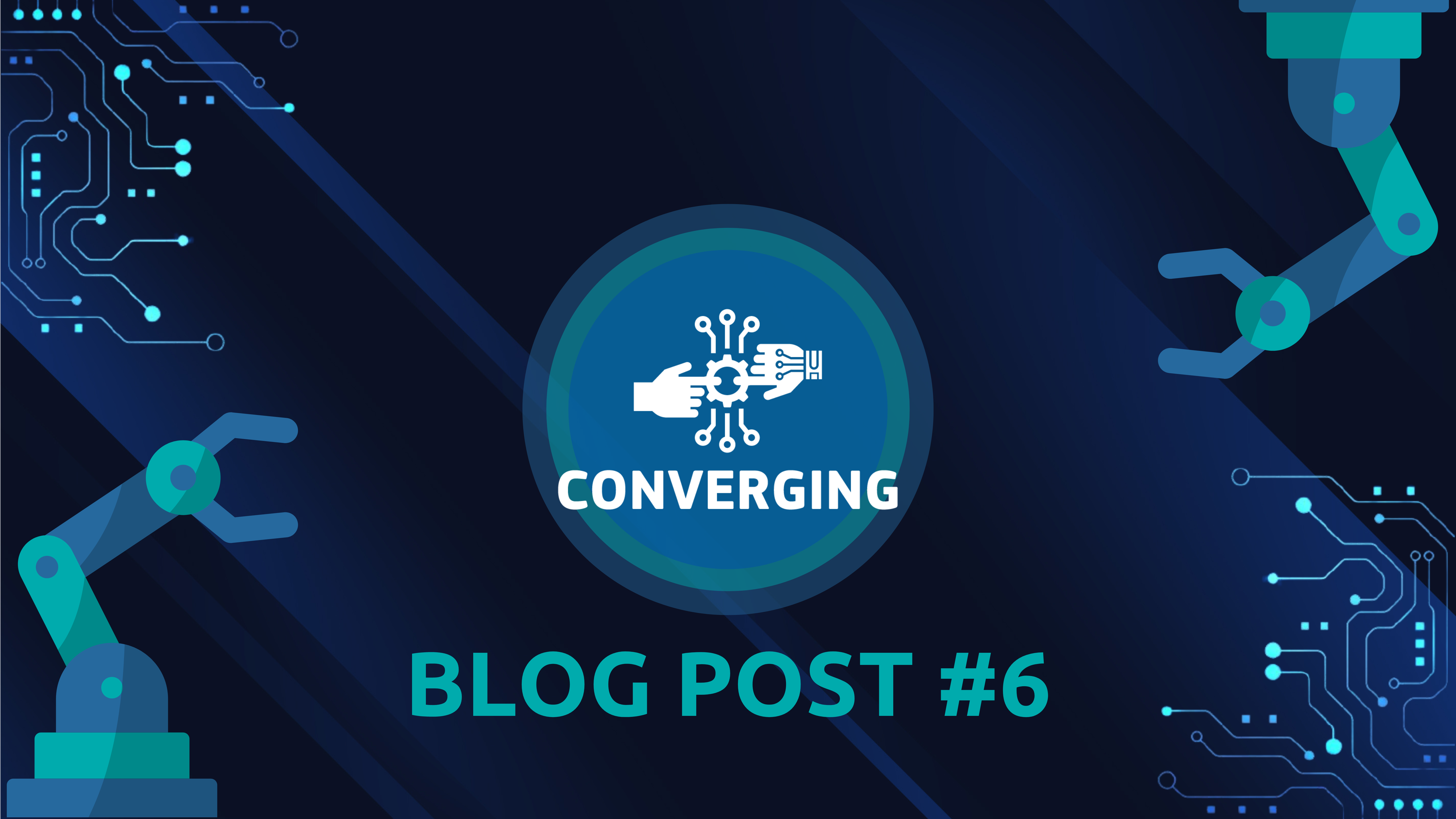Flexible Robot Planning for Human-Robot Interaction
To improve industrial acceptance, HRI systems need to improve the speed and robustness they realize without compromising on safety. The robustness of HRI cells can be reduced when safety or protective stops are triggered, which can also give delays which make integration to an assembly line difficult. Methods that improve the robot's ability to avoid contact situations - by changing the trajectory or task sequence - can help reduce the frequency of safety events, improving productivity.
However, to dynamically re-plan the robot's trajectory or task sequence online is typically difficult. Even offline simultaneous planning of trajectory with task sequence from a task specification is difficult - much less doing this dynamically in response to changes in human or environment. Simplifications are needed - a major one is considering a reference trajectory and sequence, and planning deviations from that online. Emerging technologies, such as Realtime Robotics, allow deviations from a planned trajectory online, but cannot make decisions such as switching task if the robot is blocked at the current task. Converging is developing methods that allow dynamic re-planning of a robot's trajectory online in complex, sequential tasks. A key ingredient for this is supporting online or triggered, fast planning methods which can respond to the changes in the human pose, environment configuration, or task state. However, the changes might substantially change the feasibility or performance of an action - methods are also needed which can allow the robot to switch tasks to something that might be more efficient as needed. Such a task interruption, in sequential tasks typical for industrial applications (pick up component, perform multiple alignment and insertion steps, validate) can result in incomplete tasks which should then be resumed. This introduces a third major challenge for flexible planning, which Converging is also aiming to address.
With these techniques, robots should be able to react to changes in the environment or human motion, adjusting their trajectory to improve safety or human acceptance. Robots should also be able to switch and resume tasks as needed, allowing the robot to be productive when blocked at a certain activity. Together, these capabilities should improve the speed and productivity of robots by reducing the frequency of protective stops and improving the time utilization of the robot in shared workspaces.

